During the winter of 2011/2012, a massive landslide occurred on the Homathko below the Tiedemann/Mosely confluence, creating a debris field that dammed the river, catastrophically and permanently altering the majority of the notable whitewater on the typical day 3 section. While the gradient is now lost as the river flows over the debris from the avalanche forming runnable rapids, the ultra classic big water rapid The Bet and the Three Acts of Tragedy Canyons, the whitewater heart of the Homathko, no longer and will never again exist. It is hard to relate the scale of this incredible geological event without seeing it in person.
Words can't do justice to the trip that is the Homathko River. This 4 day trip traverses the breadth of the Coast Mountains from the Chilcotin Plateau to the Pacific Ocean at Bute Inlet. While the whitewater is truly outstanding it is the journey through the huge canyons of the Homathko valley beneath the biggest mountains in BC from source to sea that solidify it as a trip with few peers. While some of the best and most challenging rapids are now gone, this is still a wonderful trip for the overall BC class V multiday experience.
Because of the huge icefields that feed the Homathko it's usually paddled when the majority of the water is locked down by cool temperatures from early to late fall. Look at this gauge found at the mouth of the river for an accurate flow report. The consensus is that flows of 150-350 cms are optimal, although trips have been run lower. Flows above 400 cms were consistently described as huge portage-fests before the landslide. If pushing higher flow, keep in mind it was possible to walk all of the big canyons on day 3 before the landslide and the parts that can't easily be walked are on day 2, which is unchanged. Spring windows are possible however one day of hot sun or a warm rain could cause a huge rise in water level.
The Homathko River flows out of Tatlayoko Lake on the Chilcotin Plateau due west of Williams Lake. You can drive to the put in on the lake - it takes 10-12 hours to get there from Vancouver - follow the dirt road as far south as you can along the east side of the lake. The river ends at Bute Inlet, about 200 km as the crow flies northwest of Vancouver. It is remote - you can fly with Tweedsmuir Air from the inlet or with White Saddle Air from somewhere in the canyon back up the valley to your car.
This trip is typically done as a four day trip. The first day consists of paddling across the lake and down the start of the river that rarely gets harder than class II. Expect 5-6 hours to reach Nude Creek, an obvious landmark above the first hard whitewater. The best camping is several km above Nude Creek. The second day is the Great Canyon and Birthday Canyon. Doran Creek enters on the left late in the day (immediately after Birthday Canyon) marking the start of a mandatory canyon portage - with scouting for an egress the first rapids are runnable. Despite the rugged terrain the river left portage has little elevation change and takes about 2 hours. Camp at the trifluence of the Homathko, Tiedemann and Mosely with views of Mt. Waddington.
The third day is the big water day. The original version of the Homathko first started with the biggest rapid on the river called The Bet, followed by a series of 3 canyons called the Three Acts of Tragedy. The current version of the Homathko starts with a lake shortly after the trifluence. A long rapid now begins at the landslide site that starts big and gets progressively easier over several km until you eventually reach riverbed unaffected by the landslide. There is little evidence of the original river left behind. The last canyon - Waddington Canyon - remains unaffected and though unportageable there is virtually no whitewater in this canyon. The fourth day is the paddle out to Bute Inlet - expect 5-6 hours from Waddington Canyon to Homathko Camp. There is a dock at Homathko Camp where the plane will pick you up - don't paddle out to the ocean.
And there you have the essential beta - here are a few photos to get you excited about this fantastic trip. You'll find some additional photos on the LL blog.
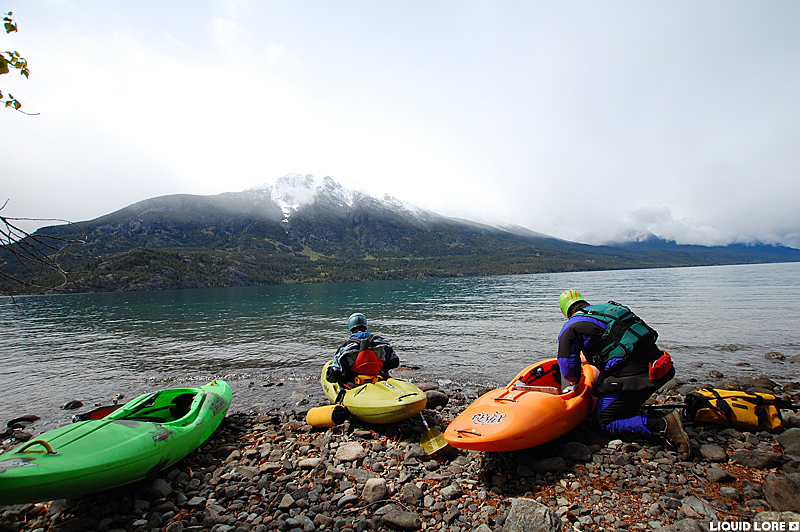
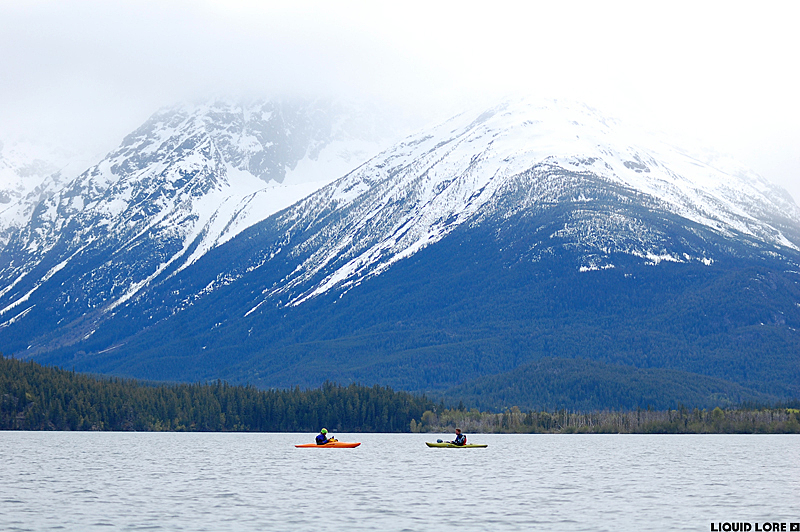
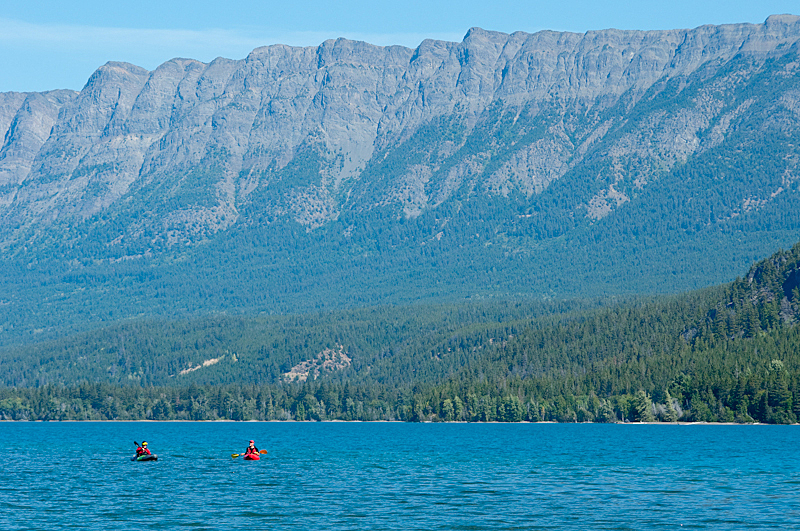
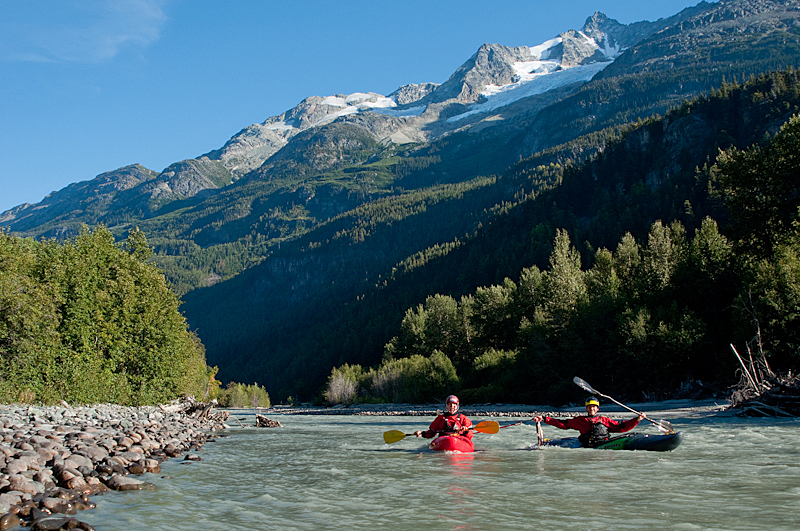
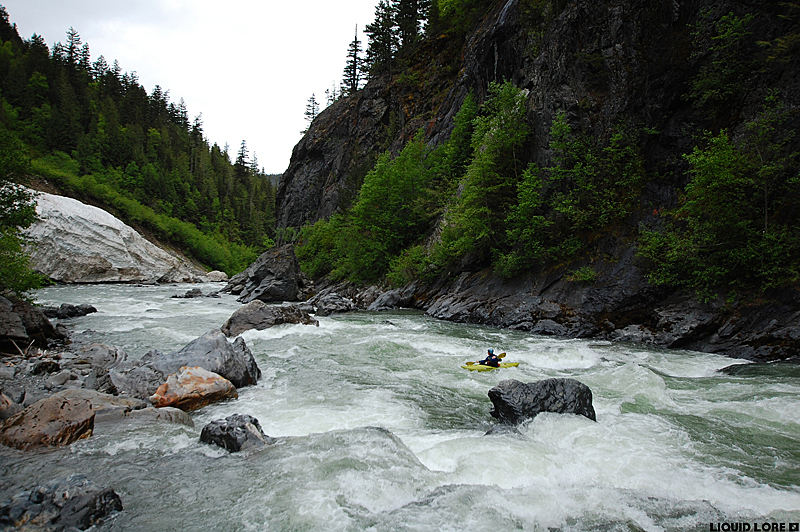
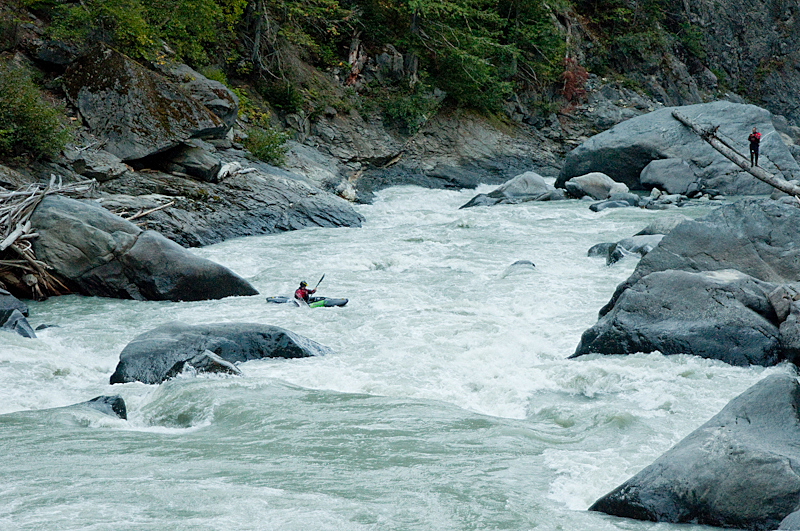
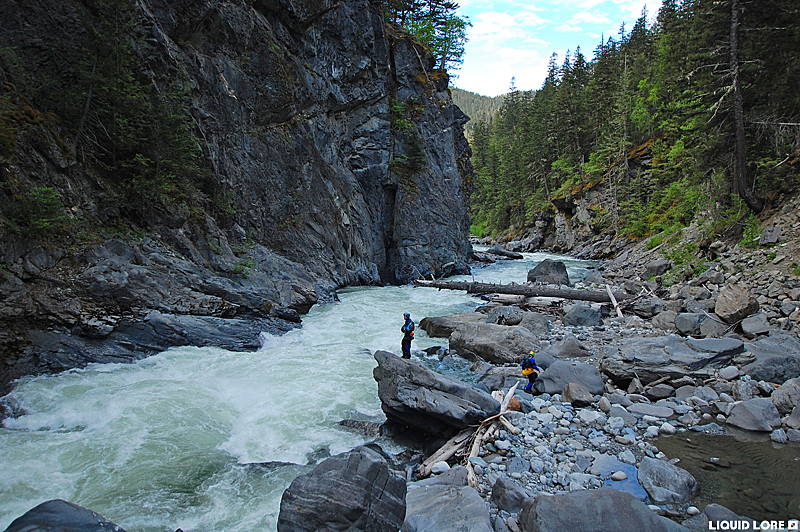
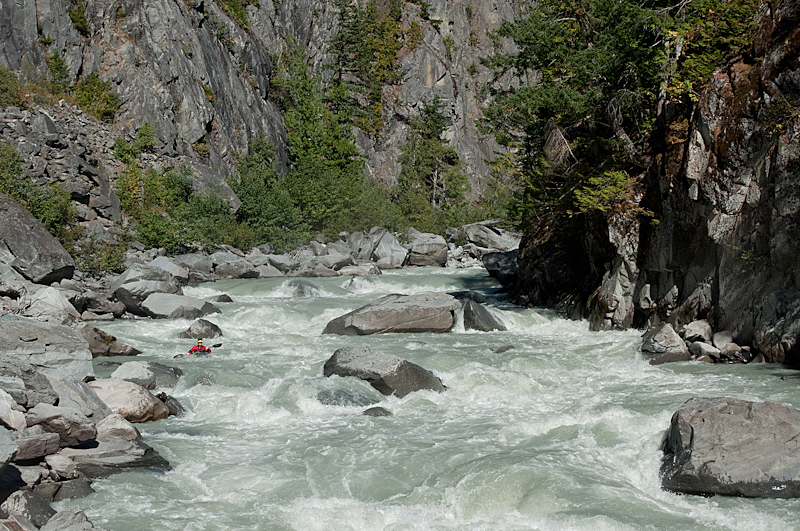
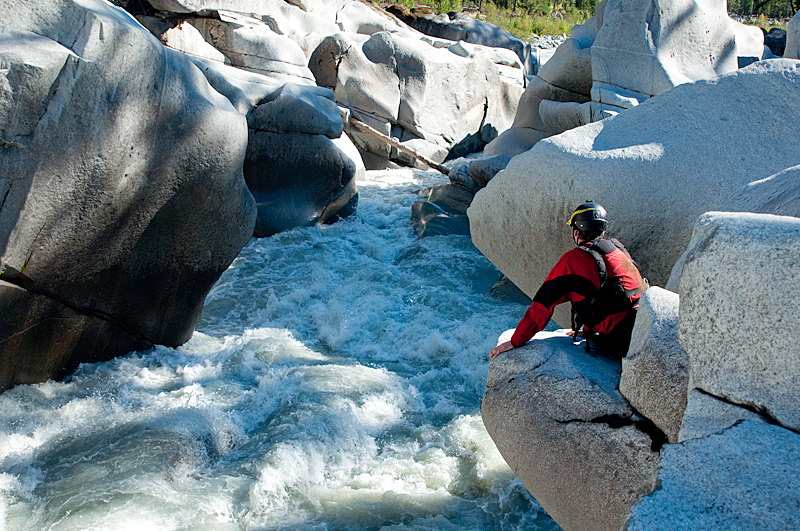
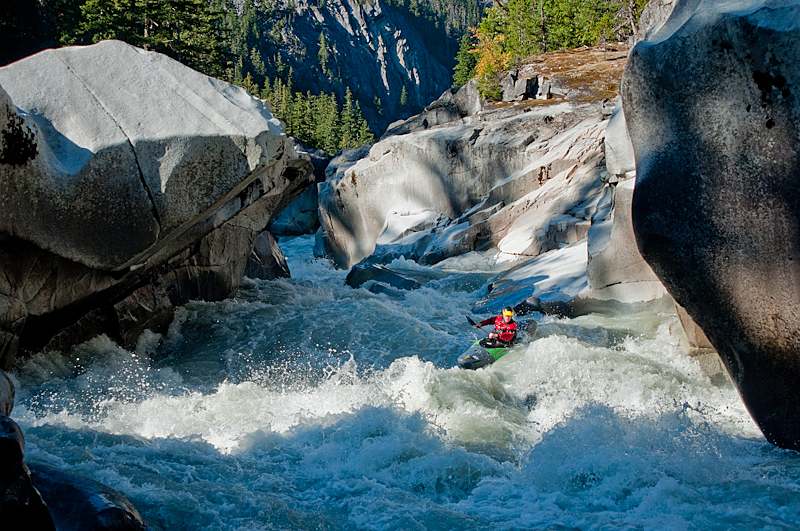
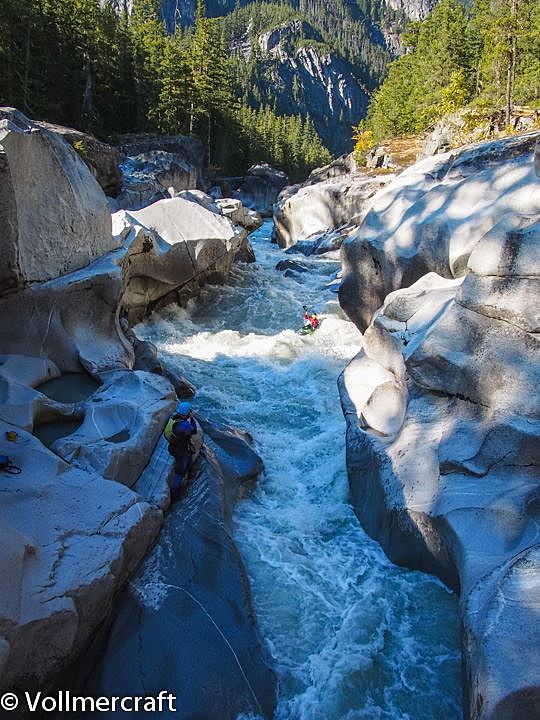
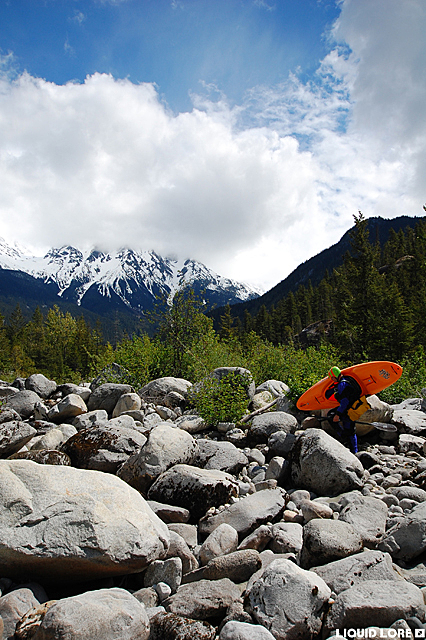
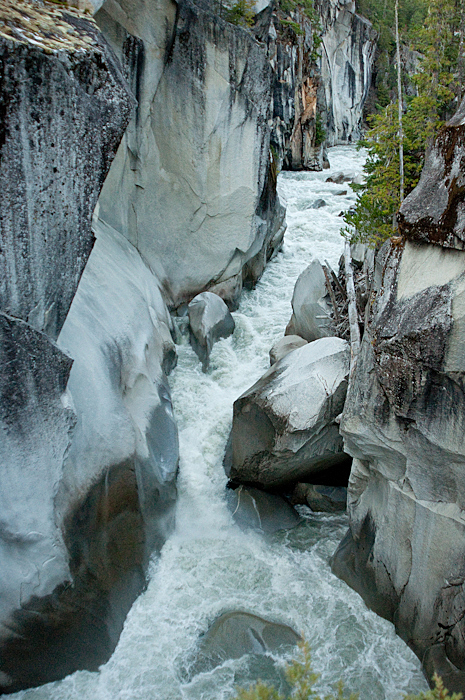
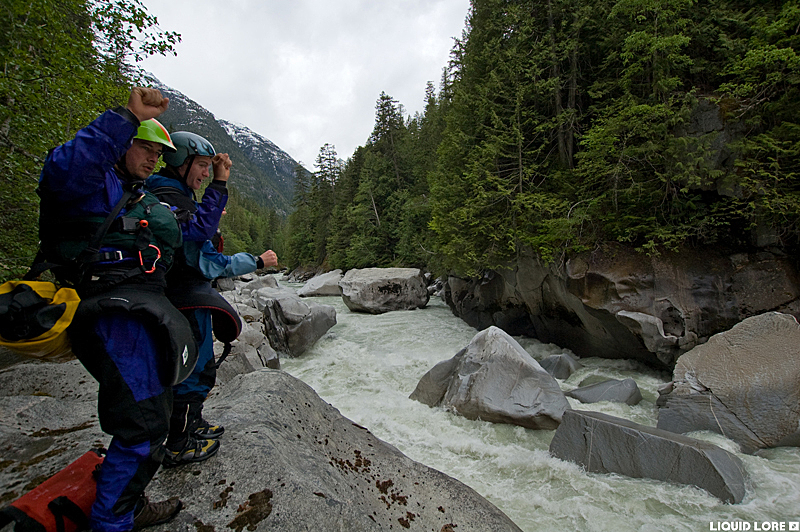
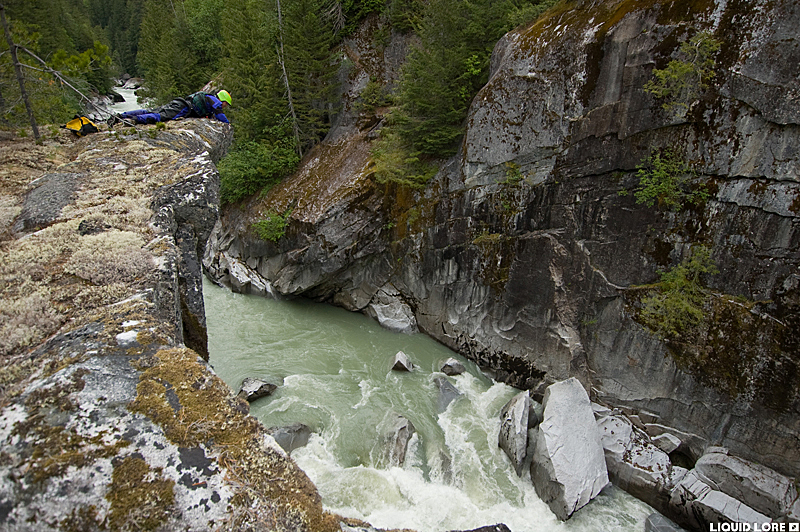
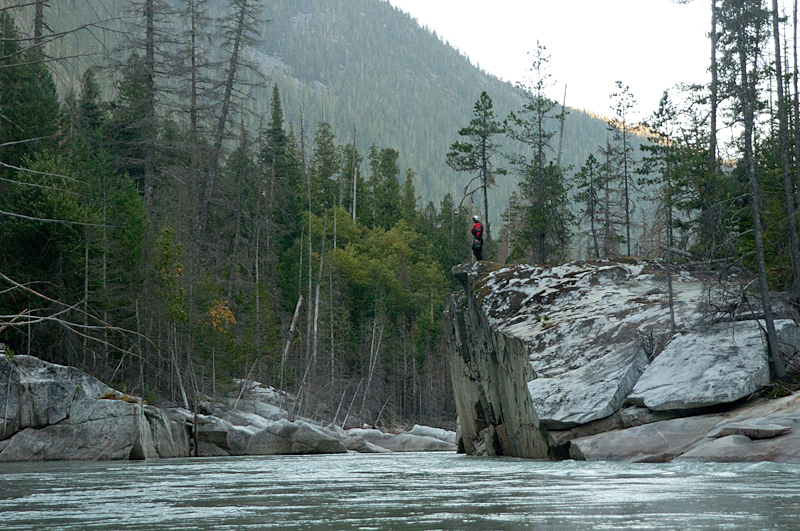
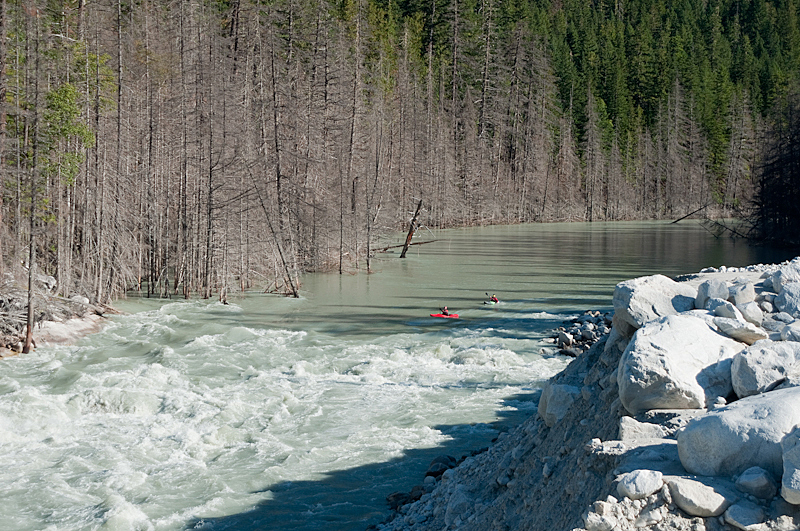
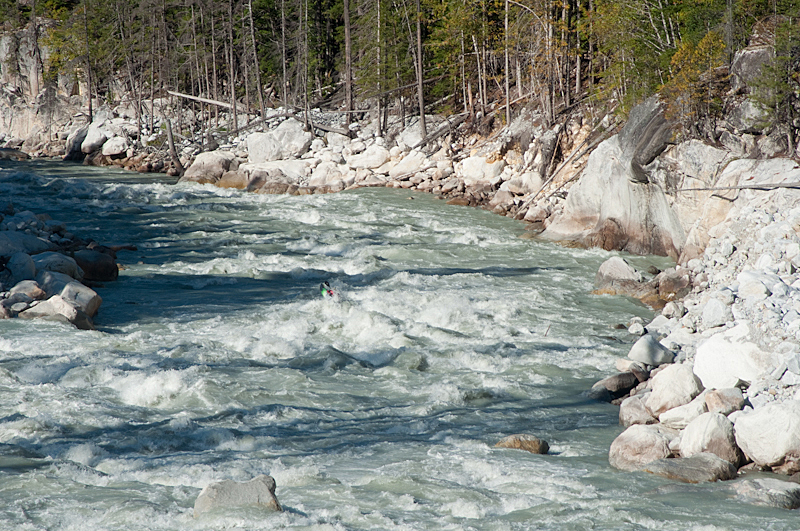
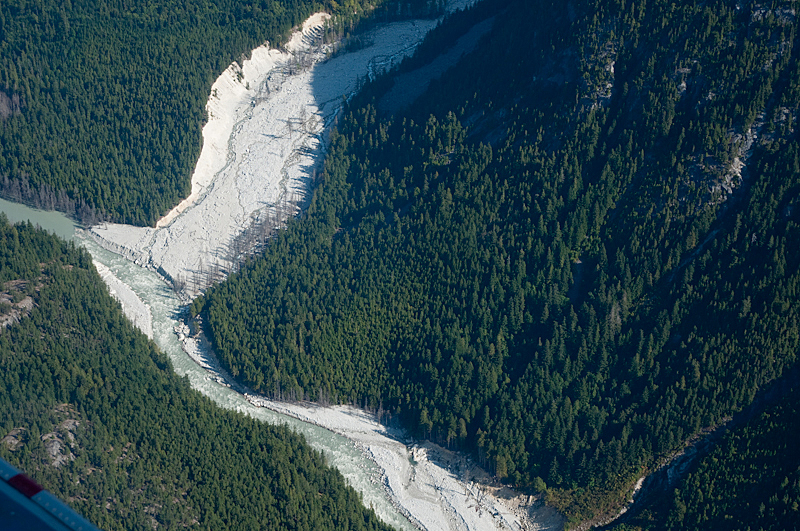
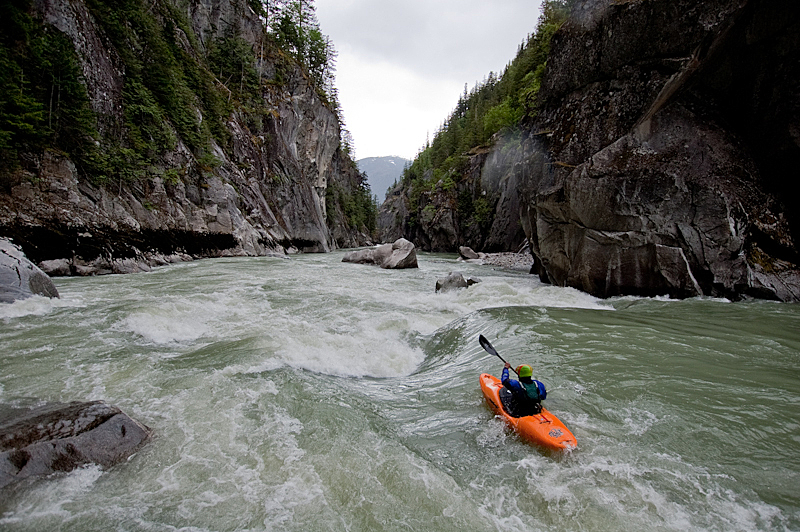
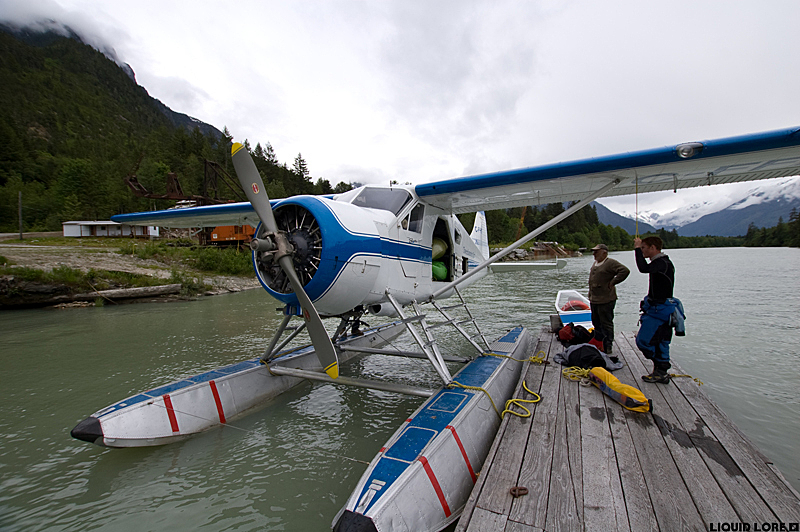

Homathko Trivia
- The landslide that erased the Bet and the Tragedy Canyons happened some time in the winter of 2011/2012.
- Birthday Canyon was named during the first descent in honor of Ifor Thomas, whose birthday was the day of the first descent.